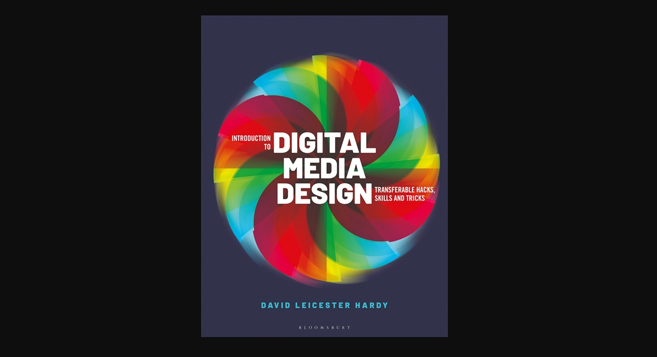Why did you write it?
It was based on needing to teach digital design classes quickly and efficiently when I first arrived at JMU six years ago. I needed to teach digital design "from concepts to portfolio projects" in a 16-week semester. After a few years, I wrote a 200-level class that introduces the basics of web, interactive, user interface, user experience, and motion graphics design. This book is based on that course.
What was the most difficult part of writing it, and how did you overcome it?
Just finding time for "long burn" projects when it's much easier to answer quick emails, design small projects, and attend to the day-to-day. I overcame it by coming back into my office to write from 8 pm to 10 pm after my children were asleep.
What did you make a conscious effort to leave *out* of the book?
I left out as much tech jargon as I could and made sure to write it from a software agnostic perspective when possible. Otherwise, it would have a very short shelf life.
Who did you write the book for?
Students trying to quickly grasp the basics of digital design, professors teaching those classes, and even people who are working in the field and are trying to level up on their skills.
Have you ever encountered “designer’s block” and how did you overcome it?
Always. The trick is to do something that's completely mindless for a few hours. Yardwork, laundry, cleaning, etc.
If you didn’t design, what would you do for work?
I'm not sure! I've been doing this strictly for 20+ years, professionally and then academically. Maybe something travel-related.
What would you tell your younger self about a career in graphic design?
Just know that everything in terms of aesthetics & tech will change every 10 years, but the foundational skills you learn at the 100 & 200 levels are timeless.
What does success look like to you?
Having the privilege to do something you love every day, as a job.


